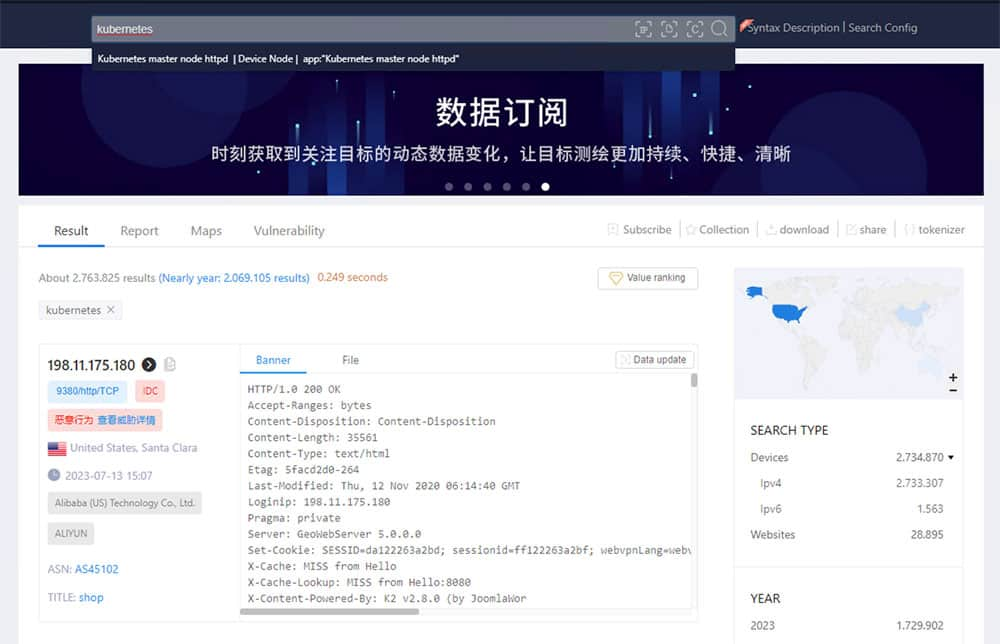- Surge in Kubernetes adoption results in misconfigurations and breaches.
- Aquasec investigation reveals widespread vulnerability in exposed clusters.
- Over 350 organizations impacted, with 60% having active malware campaigns.
- Critical misconfigurations include unauthorized access and exposed proxies.
- Cryptomining campaigns exploit vulnerabilities, underscoring the threat.
A recent investigation by Aquasec has revealed that the surge in Kubernetes adoption has also led to a surge in misconfigurations that expose these clusters to catastrophic breaches. The consequences of such vulnerabilities are not to be taken lightly, as evidenced by a recent exposé on the topic.
The report published by cybersecurity researchers at Aquasec delves into the alarming realm of exposed Kubernetes clusters, where a single misconfiguration can open the door to massive data breaches, cryptomining, and other malicious activities.

It highlights the breadth of the problem, exposing Kubernetes clusters belonging to over 350 organizations, open-source projects, and individuals that were left largely unprotected. Worryingly, 60% of these exposed clusters were found to have active campaigns deploying malware and backdoors.
Among the primary misconfigurations uncovered in the research, the first issue is related to granting anonymous access with privileges. This dangerous oversight can result in unauthorized access to the Kubernetes cluster, compromising not only the cluster itself but also other critical components of the organization’s software development life cycle (SDLC). The second major misconfiguration involves running the kubectl proxy command with certain arguments that inadvertently expose the cluster to the internet.
The consequences of these misconfigurations can be devastating, as they provide attackers with access to sensitive data and resources within the Kubernetes cluster. Analysis of the exposed clusters unveiled a wide range of valuable assets, including customer data, financial records, intellectual property, access credentials, secrets, configurations, container images, encryption keys, certificates, and more. Even open-source projects were not immune, with their compromise potentially triggering a supply chain attack affecting countless users.

According to Aquasec’s blog post, they also explored ongoing campaigns that exploit these vulnerabilities. The most prevalent attacks were focused on cryptomining, with campaigns deploying malicious containers that mine cryptocurrency using the cluster’s resources. These campaigns highlight the tangible threat that misconfigured Kubernetes clusters pose to businesses, as attackers actively seek out these vulnerabilities for their own gain.
To mitigate these risks, organizations are advised to prioritize employee training on Kubernetes security best practices. Furthermore, securing the kubectl proxy command is crucial, ensuring that it is not exposed to the internet and is accessible only by authenticated and authorized users. Implementing Role-Based Access Control (RBAC) and regular auditing of Kubernetes clusters are also essential steps to bolster security.
